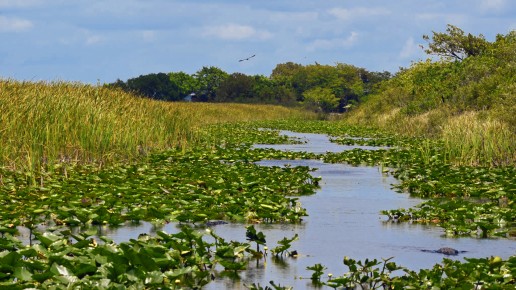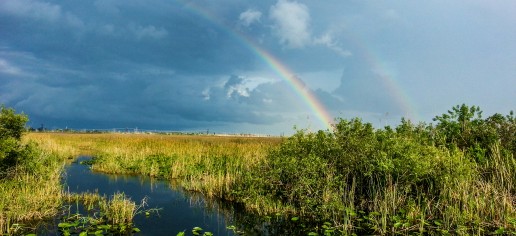5 Everglades Plants You Should Know About
There are several different habitats that make up the Florida Everglades, each with its own distinct plant life. The biodiversity of Everglades plants in these habitats promotes the equally diverse animal life that resides in them. The flora found in the Everglades ranges from beautiful, to strong, and in some cases dangerous. Here are 5 standout Everglades plant species you should know about before your visit!
Everglades Flowers
Spider Lily – This Florida native is easily identified by its long, white, curving sepals and pedals, that are connected by a gossamer web. These fragrant Everglades Flowers are found growing in swamps, marshes, and hammocks year-round, and are very drought resistant.
Ghost Orchid – There are several orchid species growing in the Florida Everglades, but the ghost orchid is considered a symbol of the lush variety of Everglades plants. It has long, delicate, white petals, and due to its complex shape, can only be pollinated by the sphinx month. Found in cypress swamps, these Everglades flowers use their massive, tangled roots to cling to palm, pond apple, and cypress trees.
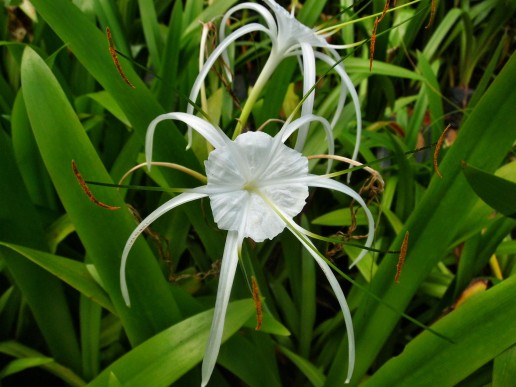
Everglades Trees
Cypress Trees – This is tree is the most flood-tolerant of Everglades trees. Found in swamps and in tree islands on marshes, cypress trees have large ”knees” that protrude as high as 6 feet above their roots. These knees allow for oxygen to reach the roots and support the trees in water-logged soil.
Mangrove – This rooty plant is located toward the coastal areas of the Everglades. Mangroves act as a buffer between the saltwater of the coast and the freshwater marshes. Their strong roots help reduce soil erosion from ocean currents, block waves, and restore the soil through their cycles of growth.
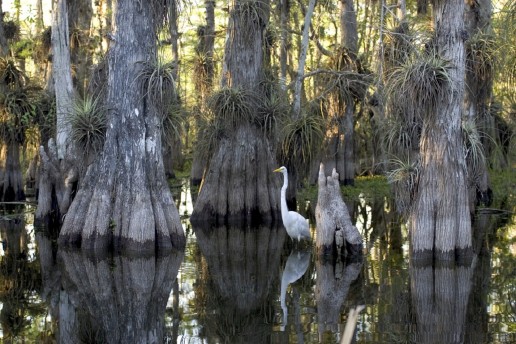
Poisonwood – The Tree to Avoid
The Everglades have many plants to behold, but also a few you should try to avoid. The poisonwood tree is best identified up close by their teardrop-shaped leaves outlined in yellow, which appear to droop from its branches, but watch out! The tree contains 100 times more poison in its bark, sap, and leaves than poison ivy, and touching them can cause skin inflammation and blisters.
It’s best to avoid hiking in the Everglades hammocks in the rain, because the sap from a poisonwood could drip on you. The safest way to view poisonwood trees is on an Everglades airboat tour from a safe distance, because any contact with them should be avoided.
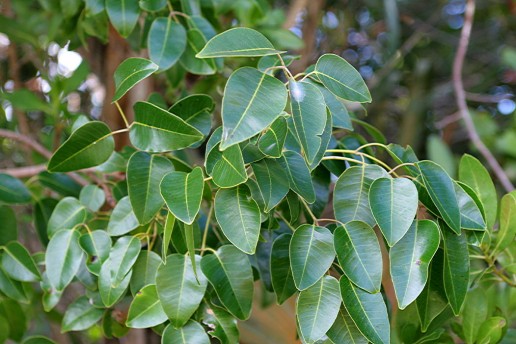
The various habitats in the Everglades promote a wide range of unique plant life here. The many Everglades plants growing here range from resilient, to pretty, and also hazardous. But by exploring the Everglades on a hike or private airboat tour can give you the chance to see several of them.
2 Seasons in the Everglades?! We Can Explain
The Florida Everglades is a one-of-a-kind environment. But, this is largely due to the fact that Florida is the only state in the continental United States closest to the Tropics. This location makes us both the envy of people living in the blizzard-prone, northern states as well as a coveted winter vacation destination by them.
It’s easy to see why: Florida’s sub-tropical climate lets both residents and visitors alike relax along its many beaches or enjoy the excitement of airboat rides year-round. But the Florida Everglades doesn’t really have four seasons.
Sounds strange, right? We can explain.
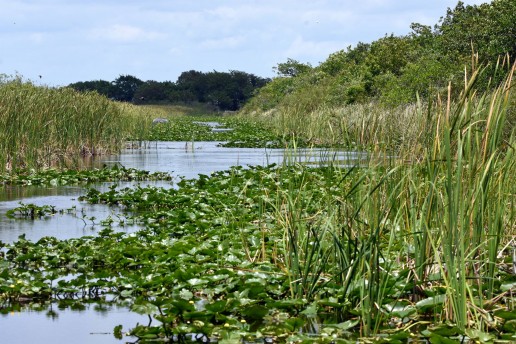
You may recall from science class that the tilt of the earth and its rotation around the sun change the amount of sunlight and heat we get throughout the year, giving us four seasons: spring, summer, autumn, and winter. As we mentioned earlier, Florida’s location being closer to the equator means that it stays warmer on average than other states. Because of Florida being in this fortunate position, the Everglades experiences only two seasons a year.
If you are guessing which ones they are, no, the two seasons are not spring and summer, or even spring and autumn. In fact, differences in sunshine and temperature are not the biggest overall signs of changing seasons in the Everglades. Changes in water levels during the year are what determine which season that the Everglades is currently in.
Everglades Rain Season, Everglades Dry Season
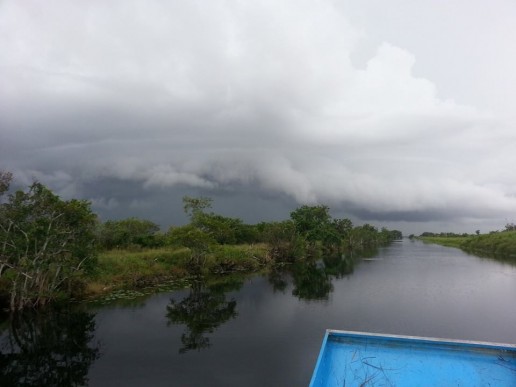
From the middle of May through November, the Everglades experiences heavy rainfall, known as the wet season. Moving into December on through April, there is little to almost no rain, which is known as the dry season. While these two very different seasons sound extreme, the Everglades wildlife treats it like we would a calendar.
The dry season is the peak of bird activity in the Everglades. Migratory birds wait out the cold, northern winds and eventually chase them back home as the temperature rises. The native Florida wading birds use the low water levels to make nests, making dry season and their hatching season one in the same. During the wet season, the alligators, turtles, and frogs nest and hatch, as the wading birds teach their young to hunt.
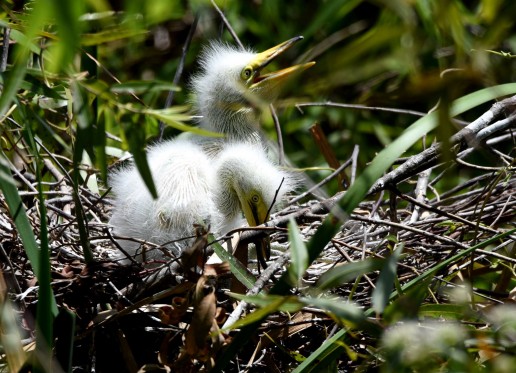
The incredible biodiversity of the Florida Everglades allows you see it thriving at any time of year. With that said, what would you want to see there? You can plan your journey to Mack’s Fish Camp by clicking here.

